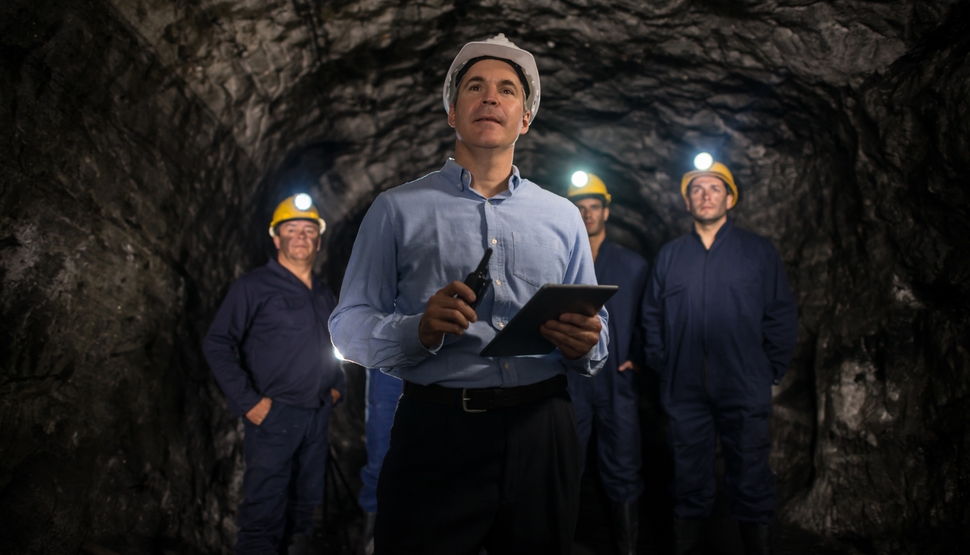There’s been a flurry of merger and acquisition activity in the Australian mining sector recently. Notable examples include OZ Minerals’ proposed buyout of Avanco Resources and Hancock Prospecting’s bid for Atlas Iron.
The acquisition strategies pursued by mining companies support strategic objectives such as diversifying into new commodities, winning a bigger share of an existing market or entering new geographic locations.
While such strategies are an essential part of fuelling future growth, the risk implications are often extensive. The acquiring business must address these throughout the transaction and subsequent integration process.
Investing in risk management
FM Global partners with mining businesses that want to improve the quality of risk management, often helping them undertake due diligence on potential acquisitions. As an example, our engineers will visit locations to assess the risk and understand the embedded risk management culture and practices.
During those visits they will look at issues such as exposure to natural catastrophe and equipment failure. For assessing risk associated with strategic equipment, the engineers will focus on risk indicators including maintenance, operating conditions, operator training and the use of safety devices. This onsite assessment coupled with data analytics is a powerful way to identify those pieces of equipment most likely to suffer a loss.
We also look at the risk of fire, the resilience or otherwise of supply chains and cultural attitudes towards risk management. Is it an organisation that has a culture of risk management fully embedded across the company from the board and executive management to the operators?
Mining companies sometimes increase their exposure to risk by making acquisitions in territories with more complex challenges. For example, an Australian company acquiring mines in West Africa or Asia has lots of different considerations to factor in.
Drawing global comparisons
The FM Global Resilience Index gives your business the ability to compare risk across almost 130 countries. You can evaluate regions, select the right partners and make more informed decisions about business resilience.
This allows businesses to prioritise risk management and investment efforts, informing strategic business decisions when it comes to evaluating regions, assessing supplier locations of supplier and customers or deciding where to start new business operations.
The index covers political and macroeconomic influences, exposure to natural hazards, fire or cyber threats and supply chain resilience like corruption or quality of infrastructure.
Arming yourself with this level of detail means you’ll make decisions based on a sound evaluation of risk. For example, infrastructure conditions or political volatility in a country may influence an acquisition proposal.
You’ll need to address questions about how easy it is to get a replacement piece of equipment in or out of a country. Or the potential impact of delays caused by moving equipment along a dirt track rather than a sealed highway. Or how costly it would be to have slow clearance processes leave essential equipment languishing on a dock.
Overlaying location-based risk evaluations with the resilience index provides an accurate view of risk. This is much more useful and valuable than relying on assumptions developed through previous experience.
Engaging sooner in the process
In many cases, insurers are not brought into merger and acquisition activity until the final stage. Yet there’s great value in getting us involved earlier in the process from a risk management perspective.
Engaging too late may mean the insurer only gains access to hard facts stored in the data room – not the philosophical and behavioural elements that so heavily influence risk management. In an example like this, the proposed transaction has often proceeded to the point that the insurer’s understanding of the acquisition and assessment of the risk is minimal.
For example, you might be acquiring a business with a culture where operators are not empowered to shut down equipment in fault conditions or routinely adopt breakdown maintenance on strategic pieces of equipment. This could mean investing heavily to get operator training and equipment maintenance up to your required standards.
As a mining businesses undertaking mergers or acquisitions, recognising the issues involved in taking on another’s risk management practices is key. The more your business and insurer understand that risk ahead of time – particularly when moving into a new territory – the more you’ll be able to structure a program that effectively manages the risk.


